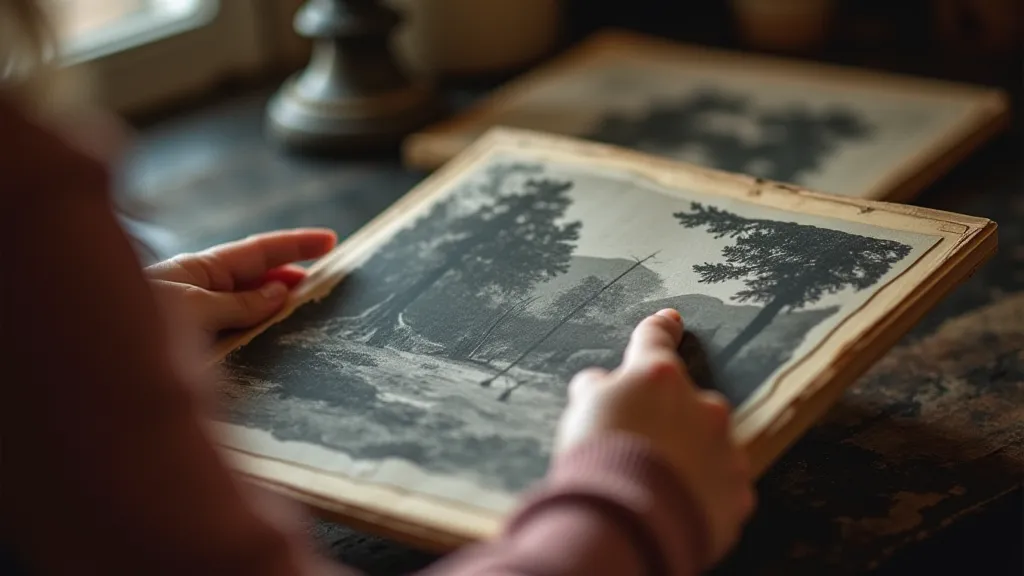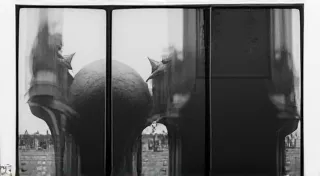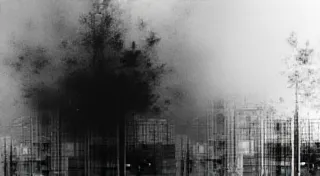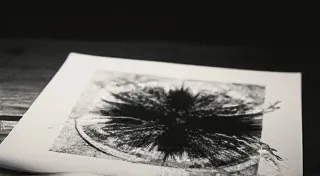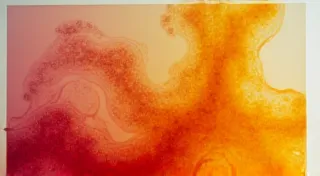Archiving Your Black and White Prints: Best Practices
You've spent the time, effort, and chemicals to create beautiful black and white prints in your darkroom. But what happens after they come off the printing frame? Ensuring their longevity requires careful consideration and proactive archiving practices. This guide outlines the best ways to store and preserve your silver gelatin prints for generations to come.
The Enemy of Archiving: Light, Temperature, and Humidity
Before we dive into specific storage methods, understanding the main threats to your prints is crucial. Silver gelatin prints are sensitive to environmental factors. These include:
- Light: Prolonged exposure to light, especially UV light, causes fading and discoloration.
- Temperature: High temperatures accelerate chemical degradation.
- Humidity: Fluctuations in humidity can cause prints to warp, crack, and promote mold growth.
- Acidity: Contact with acidic materials like poor-quality cardboard or wood can damage the print's surface.
- Pests: Insects and rodents can physically damage your prints.
Choosing Archival Storage Materials
The materials you use to store your prints are just as important as the storage environment. Opt for only archival-quality materials that are acid-free and lignin-free. This means they won't release harmful chemicals that can degrade your prints over time.
- Paper and Cardboard: Choose acid-free, lignin-free paper or cardboard specifically designed for archival photo storage. Look for materials that meet or exceed ANSI/NISO Z39.48 standards.
- Sleeves and Folders: Use polyethylene or polypropylene sleeves and folders. These are chemically stable and protect prints from dust and handling.
- Boxes: Archival-quality boxes made of acid-free board are ideal for long-term storage.
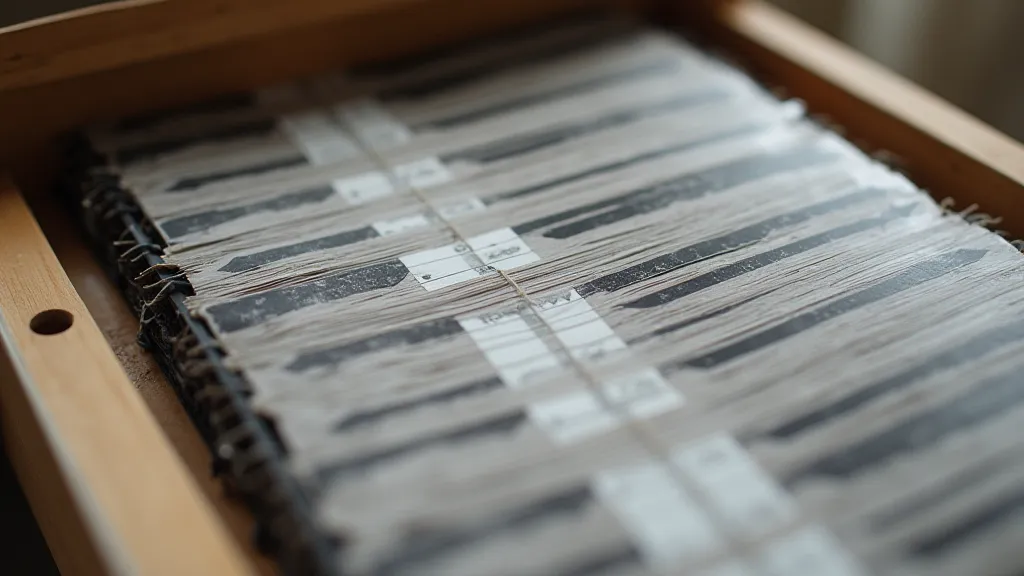
Best Practices for Storage
- Cleanliness is Key: Before storing prints, carefully clean them with a soft brush to remove any dust or debris.
- Flat Storage: Always store prints flat. Rolling or folding them can cause creases and damage the emulsion.
- Controlled Environment: Ideal storage conditions are cool (around 65°F/18°C) and dry (relative humidity between 30-50%). Avoid attics, basements, and garages where temperatures and humidity fluctuate wildly.
- Dark Storage: Store prints in the dark. Even low levels of light can cause fading over time.
- Pest Control: Take steps to prevent pests from reaching your stored prints. Avoid using mothballs or other chemicals near your prints.
- Regular Inspection: Periodically inspect your stored prints for signs of damage or deterioration.
Specific Storage Methods
Here are a few common archiving methods:
- Flat File Cabinets: These are excellent for large collections if you can control the environment.
- Archival Boxes: Stacked archival boxes are a good option for smaller collections.
- Vertical Files: Vertical file cabinets are suitable for storing prints in large sleeves.
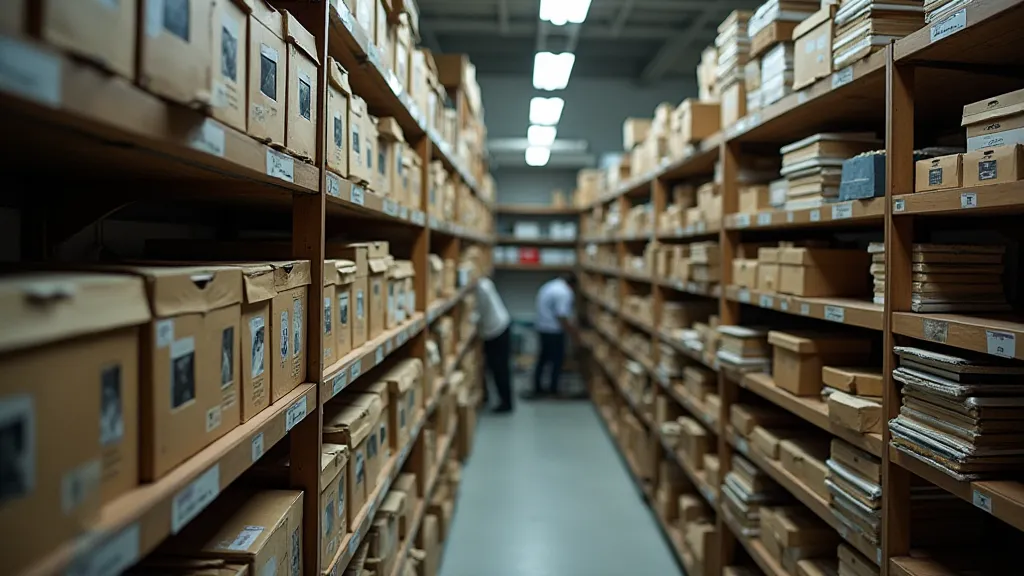
Digital Backups (Optional but Recommended)
While this guide focuses on physical preservation, creating digital backups of your prints is a wise precaution. Scan your prints at a high resolution and store the digital files in multiple locations (e.g., external hard drives, cloud storage). This ensures that your work is safe even if physical prints are lost or damaged.
Long-Term Considerations
Archiving photographs is a long-term commitment. It's an investment in preserving your creative legacy for future generations. By following these best practices, you can significantly increase the lifespan of your black and white prints and ensure that they remain a source of joy and inspiration for years to come.
